Liverpool vs. Atalanta: The Meeting of Miracle Makers as Gasperini & Klopp Go Head-to-Head
Previewing Atalanta’s trip to Merseyside as their European dream faces its toughest test yet.
What Jurgen Klopp is to Liverpool, Gian Piero Gasperini is to Atalanta. Having been appointed La Dea coach in the summer of 2016, he is the 5th longest-serving manager across Europe’s big five leagues, while only Diego Simeone and the man he will face on Thursday night, Jurgen Klopp, have been at the helm of a club exclusively in the top tier for longer than Gasp.
As is similarly the case with his Argentine and German counterparts, the now eight-year reign of Gasperini in Bergamo (Atalanta’s hometown) has seen the club transformed and the team moulded in the boss’s style and image.
Gasperini, Atalanta & A Lack of Historical Success
Perhaps even more so than Klopp’s Liverpool and El Cholo’s Atletico, Atalanta and Gasperini are effectively synonymous these days, as has been the dramatic revitalising impact he has had on the club. Where his work differs from that of his dynastic peers is the fact that La Dea (the club’s nickname meaning “the Goddess”) was neither a sleeping giant nor a club with an especially illustrious history on a domestic or European level when he took over.
The club from Bergamo, a small, affluent town with a picturesque historic centre perched on a fortified hill at the base of the Italian Alps, was long known more for its passionate and devoted fanbase than its team’s success.
The Bergamaschi spent much of the late 20th century and early noughties fluctuating between Serie A and Serie B, even spending a year down in the semi-professional Serie C in the 1980s. Their only major trophy remains a Coppa Italia victory in 1963 and it wasn’t until 1987 that they would even find themselves in the final again, this time losing out to Maradona’s Napoli. The fact that the Neapolitan’s won the league that season meant that Atalanta’s Coppa runners-up spot qualified them for the Cup Winners’ Cup, despite also being relegated from Serie A the same year.
Surprisingly, they ended up reaching the semi-finals of that competition in 1988 as a second division side in what long remained their single greatest European adventure in over 100 years of existence. That was until Gian Piero Gasperini entered the frame.
READ MORE: Is Aurelio De Laurentiis to Blame For Napoli’s Disastrous Season?
Bergamo: A City Overlooked
The nature of Bergamo’s geographical position means that it is eternally overshadowed from a cultural, economic, and football standpoint by its giant metropolitan neighbour, Milan, 35 kilometres or so to the east. Although Bergamo’s Orio al Serio airport is the third busiest in all of Italy, the town itself sees very little of the physical or financial impact of the over 13 million passengers who use it as a less expensive alternative to travel to Milan.
Just five kilometres separate the airport from Atalanta’s Gewiss Stadium yet there will be exponentially more people who arrive every week to go and watch Inter or AC Milan at San Siro, twelve times the distance away, than to see in person one of Serie A’s hidden gems.
It speaks to the subdued history of the town that the airport is named after Caravaggio, the renaissance painter, not even from Bergamo but from a town 20 kilometres to the south, who spent most of his life outside of the region anyway. Perhaps, as the astronomic rise of their local club continues, they may think of renaming it instead after one of the many black-and-blue-wearing heroes who have put Atalanta and Bergamo on the map in recent years, firmly embedding themselves at long last into the consciousness of the wider football world. “Josip Ilicic International” has a nice ring to it, no?
Gasperini’s Impact at Atalanta
Largely thanks to Gian Piero Gasperini’s arrival, Italy’s 35th most populated city (with fewer inhabitants than Crawley or Colchester, to put it in an English perspective) now boasts one of the peninsula’s strongest teams of the last decade.
At a club that had only qualified for Europe on four occasions in its history before 2016 (and not at all since 1990), the appointment of the Piemonte-born coach saw that tally matched in his first four seasons, including their first ever appearance in the Champions League and even reaching the quarterfinals in their debut campaign.
Three successive seasons in Europe’s premier competition and competitive clashes with the continent’s elite clubs, including Real Madrid, PSG, Manchester United, and Liverpool, would have seemed unthinkable before Gasperini pitched up in Bergamo.
Now, with Atalanta placed handily on course for a seventh qualification for European football in his eight years there, it is no longer a surprise to see them on the international stage. La Dea’s transformation from a provincial yo-yo club to a well-established member of Italy and UEFA’s upper echelons is testament to the incredible work not only of the coach but also of the owner, Antonio Percassi, who purchased the club in 2010 while it was still in Serie B. Major credit is also due to former sporting director Lee Congerton, who, along with the majority shareholders, has facilitated the club’s immense success through innovative work in the background.
The Financial Constraints
The limited financial power under which the club is forced to operate, in comparison with other top teams both at home and abroad, makes their consistently high-placed finishes all the more remarkable. As the New York Times’ Rory Smith puts it, “Even in the chronically unequal financial landscape of elite European soccer, Atalanta has found a way to compete with—and often beat—teams with vastly deeper pockets.”
Naturally, the club cannot pull in as much commercially as giants Milan, Inter, or Juventus, but even the likes of Napoli, Roma, and Lazio vastly outperform them in terms of revenue thanks to, not only, their much greater global interest and larger fanbases, but most notably, their gate receipts. The simple facts of the cities in which they are located and the capacities of their stadiums mean these clubs can sell anywhere between 40,000 and 65,000 tickets per game, which means double or treble the amount Atalanta’s Stadio Atleti Azzurri could hold.
However, in 2017, then-majority stakeholder Antonio Percassi purchased the stadium from the municipality, making Atalanta only the fourth club in Italy at the time to own its own ground. This allowed for the subsequent renovations and modernisations to take place, including the construction of an entirely new Curva Nord, adding a roof, and bringing the steep, one-tiered home end much closer to the pitch, thus enhancing the already fearsome atmosphere.
On Thursday night against Liverpool, viewers will be able to note the absence of fans behind one of the goals as a result of another brand-new stand being built on the south side of the stadium to replicate the imposing Curva Nord. While this will increase the overall capacity to 25,000 in the long run, it does mean that there will only be space for 750 travelling fans, sidled off into a small, scaffolded structure to the right of the TV camera, in the last remaining remnant of the old Curva Morosini.
The acquisition, expansion, and sale of the naming rights to “Gewiss Stadium” have massively helped the club grow commercially, but the key to their ability to grow on the pitch too has undoubtedly been their recruitment strategy. They developed one of the most comprehensive and coveted scouting networks in Europe and mixed the introduction of experienced talent with young potential that could be flipped for a profit. The most obvious example of this is the sale of Rasmus Hojlund to United for €73 million, only a year after signing him as a relatively unknown prospect from Sturm Graz for only €20 million. Similar stories could be told of Dejan Kulusevski, Cristian Romero, Franck Kessiè, and Amad Diallo, among others.
Develop, Sell, Buy & Repeat
On the field, the team is usually comprised of players signed to develop under Gasp’s tutelage before being sold for a greater sum, combined with a selection of “veterans” who have been pillars of the side over many seasons; from Josip Ilicic, Papu Gomez, Remo Freuler, and Duvan Zapata in the early days to the long-standing bastions of their current squad such as Marten De Roon, Mario Pasalic, Rafael Toloi, and Berat Djimsiti, all of whom have been at the club since 2018 or earlier.
Another cornerstone of the club’s transfer policy is the use of the loan market. Last summer, there were 40 players who returned from loan spells and a few years ago, that number was over 60. Of these returning players, many are sold (often on pre-agreed terms), others go to play in Serie C with the club’s under 23s (only Atalanta and Juve currently have youth teams operating in the third tier), and an exceptional few are incorporated into Gasperini’s first XI, like Alexei Miranchuk, who returned from a short loan at Torino in the summer to develop into one of the team’s most exciting players over the last couple of months.
Thursday’s Game: Liverpool vs. Atalanta
Looking ahead to Thursday night, there is a chance Miranchuk may not even start, despite a man-of-the match performance crowned by a goal in Atalanta’s recent 0-3 victory away at Napoli. That is through no fault of his own, but simply as a result of the depth of options Gasperini has at his disposal and his tendency to switch things around from game to game.
While his use of a back three with roaming wingbacks and a double pivot at the base of midfield remains non-negotiable, what will change is the players who occupy those roles and whether the overall formation appears more like a 3-4-2-1 or a 3-5-2. However, the use of the latter system in their last three games may prove an indicator of how the Italian tactician will line up at Anfield, given that Liverpool operate in a 4-3-3 similar to Napoli and Fiorentina, while Cagliari also used a back four.
It is when the opposition sets up with a back three that Gasp prefers to deploy a 3-4-2-1, allowing his attacking players to go man-to-man with defenders and overload the half-spaces.
Gasperini’s men travel to Anfield in patchy form, having failed to capitalise on a barnstorming start to 2024 that saw them win eight (and draw one) of nine games at the turn of the year. The Neroblu have only managed two wins in the nine that followed, albeit with valiant away points to Milan and Juve. However, their Champions League hopes for next season have been derailed by a home defeat to top-four rivals Bologna, a 4-0 drubbing at San Siro to champions-elect Inter and, most concerningly, losing late on to Claudio Ranieri’s relegation-threatened Cagliari on Sunday.
They now sit sixth, eight points off Bologna in 4th place and five off De Rossi’s Roma in 5th, with a semi-resurgent Napoli breathing down their necks for what seemed like a safe Europa League spot.
The cups now appear to be La Dea’s best chances of capping the season on a high note, despite the fact that they have the toughest draw in Europe and a 1-0 deficit to overcome in the Coppa Italia semi-final second leg against Fiorentina. That said, one of Atalanta and Gasperini’s biggest European scalps came at Thursday night’s venue, where they beat Liverpool 2-0 in a UCL group game back in 2021. The only dampener on a famous night for the Bergamaschi was that it came behind closed doors.
This time, they get to experience Anfield in full, hoping to recreate a special scoreline in front of over 2,000 travelling Atalantini. Liverpool, meanwhile, will be aiming to mirror the only other time these two clubs met—a 5-0 trouncing at an empty Gewiss just three weeks prior.
A lot has changed since then, but the coaches haven’t. The main question ahead of this one is: does Gasperini, the master of the Goddess’, have the power to overcome the force of Klopp, the Kaiser of the Kop?


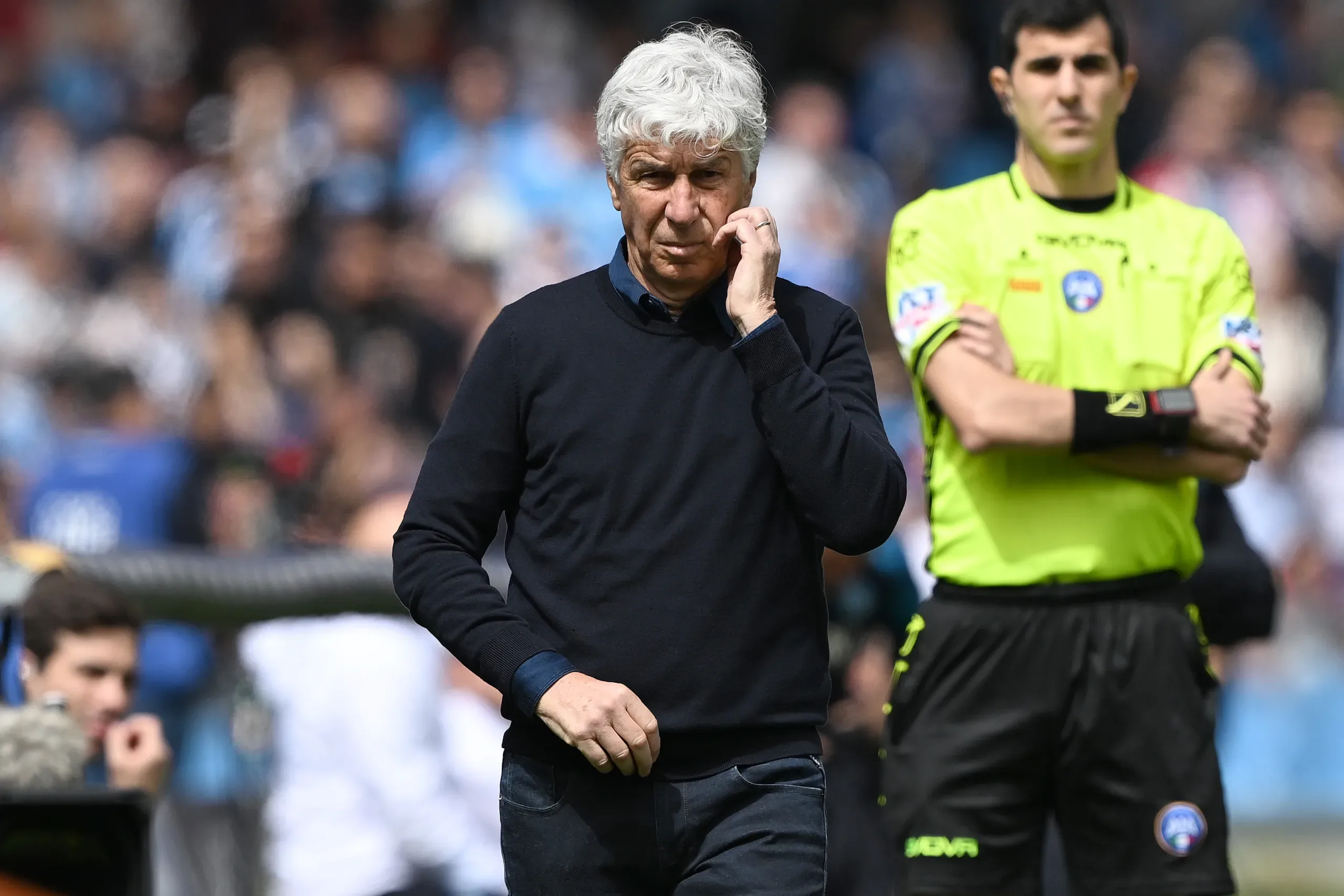
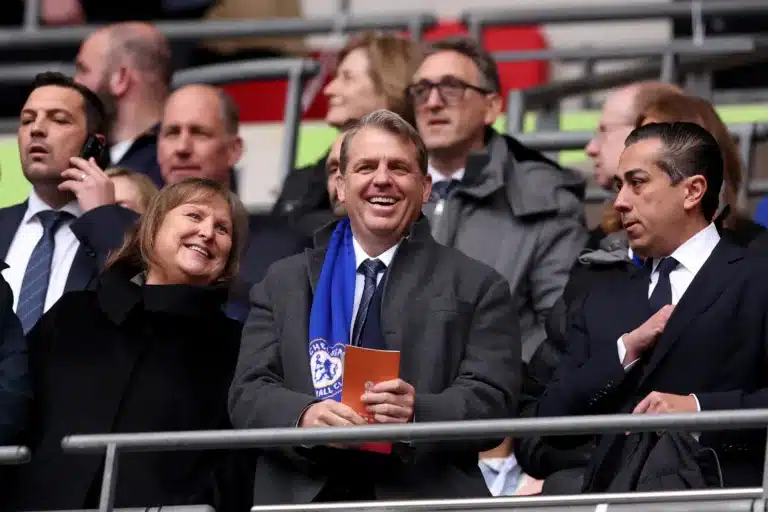
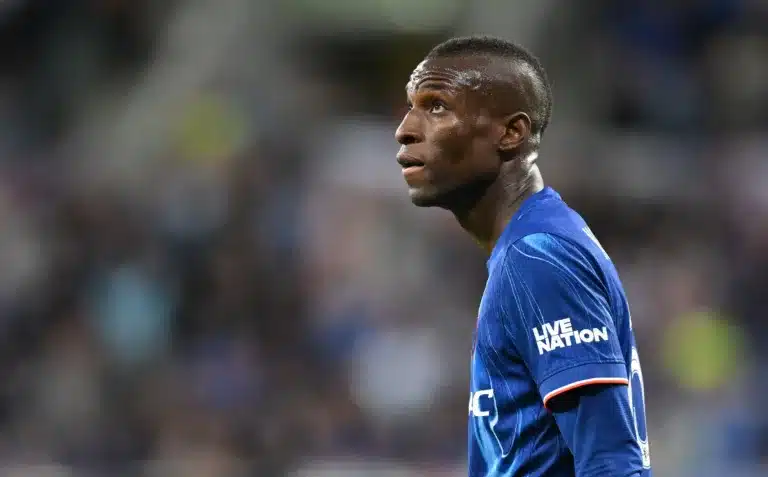
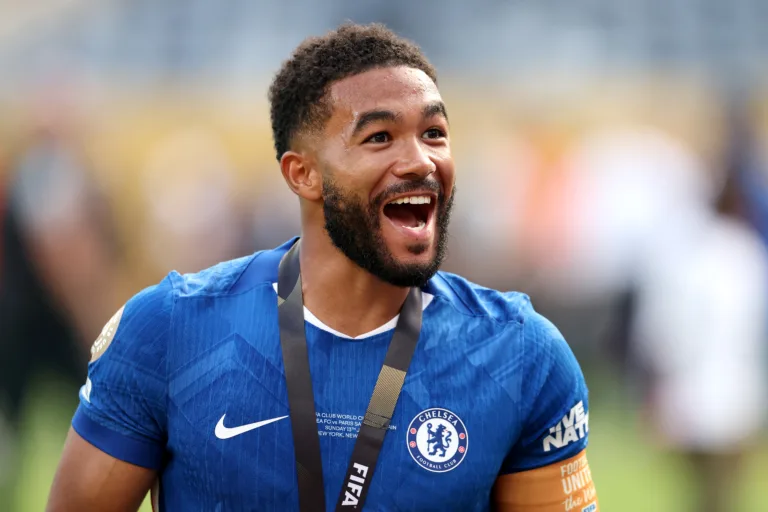
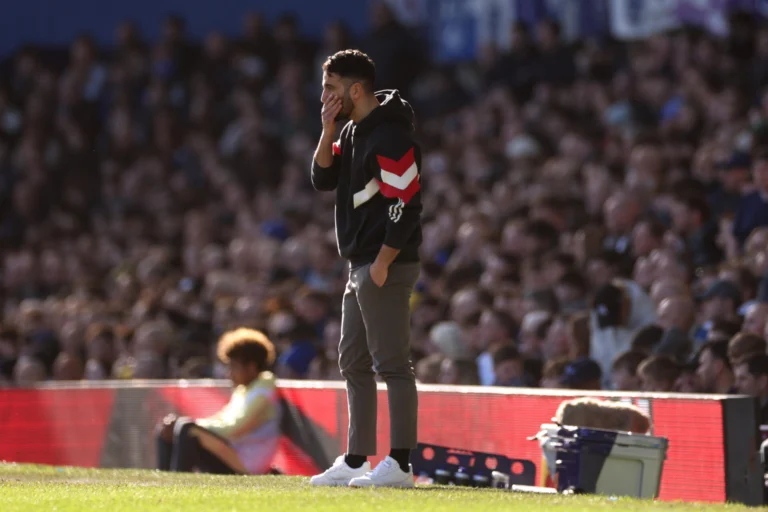
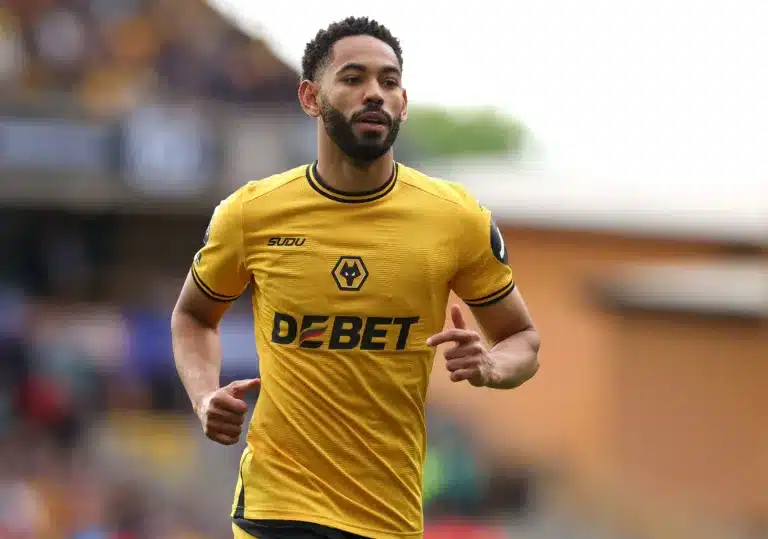
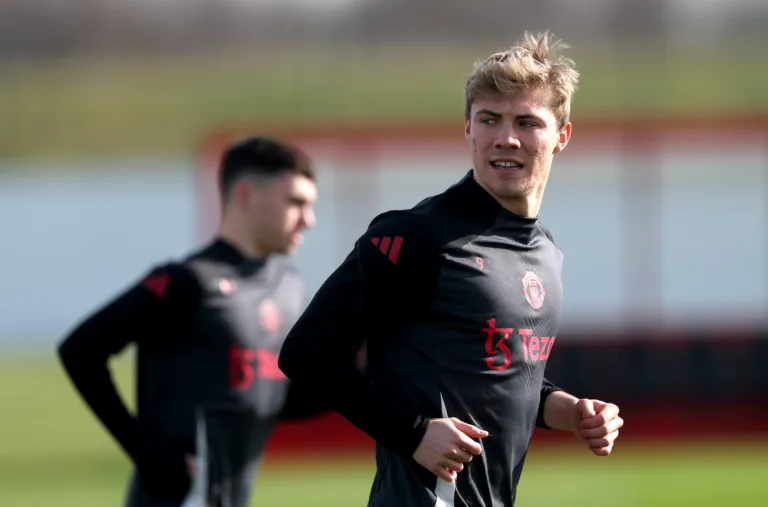
One Comment